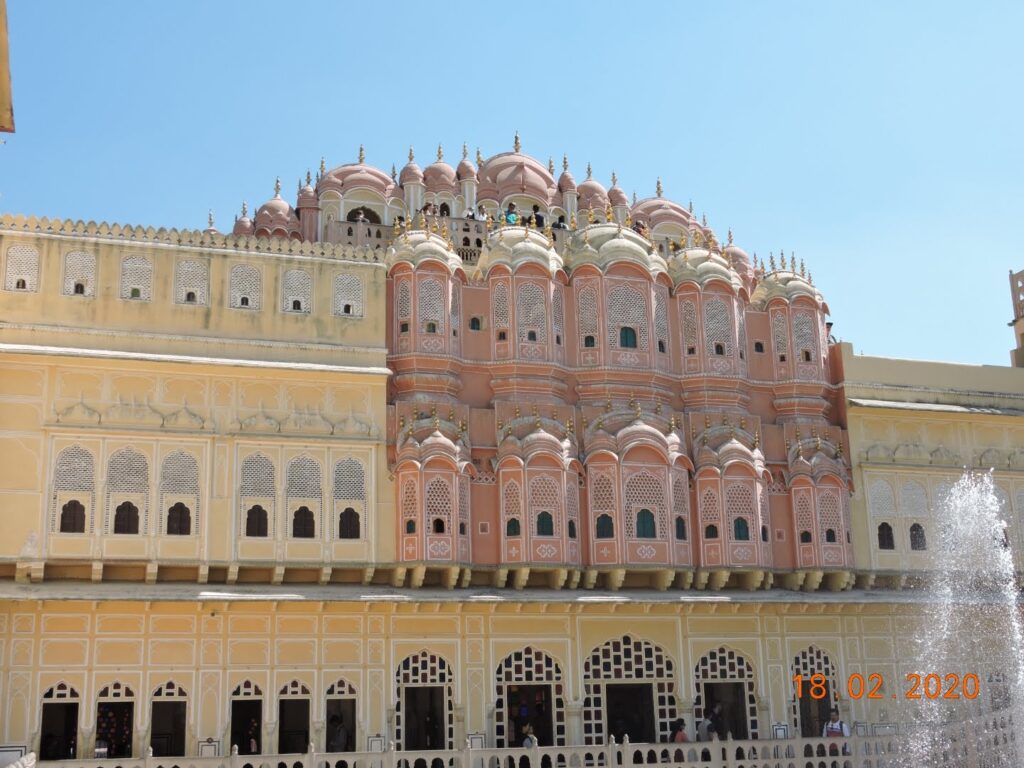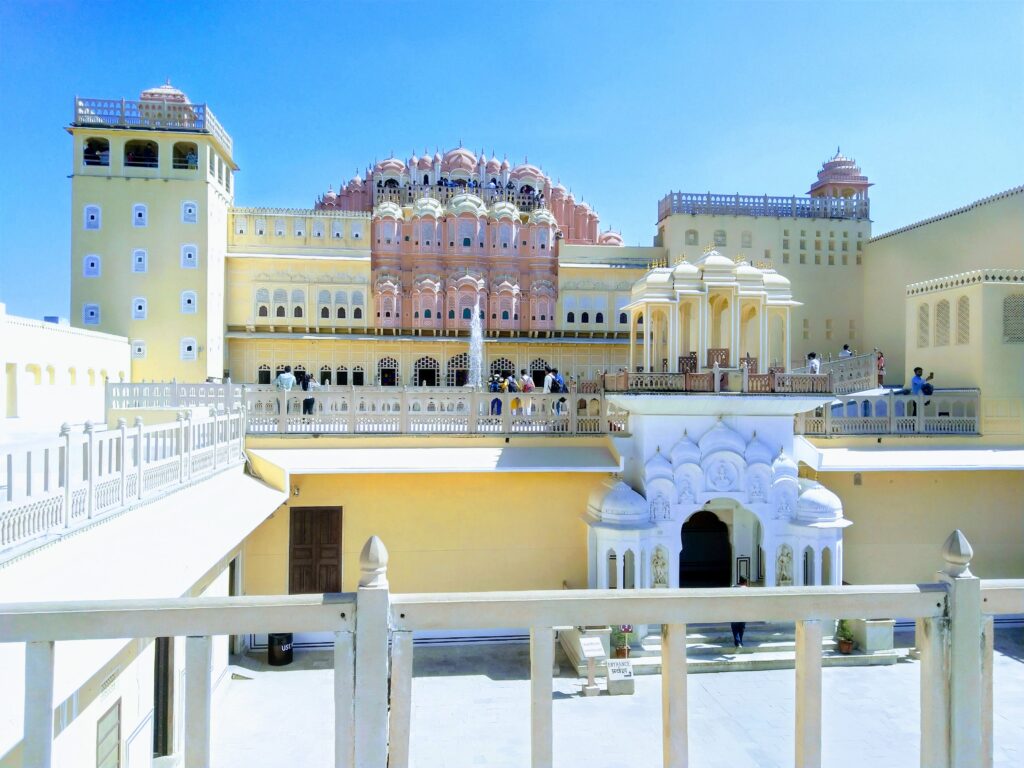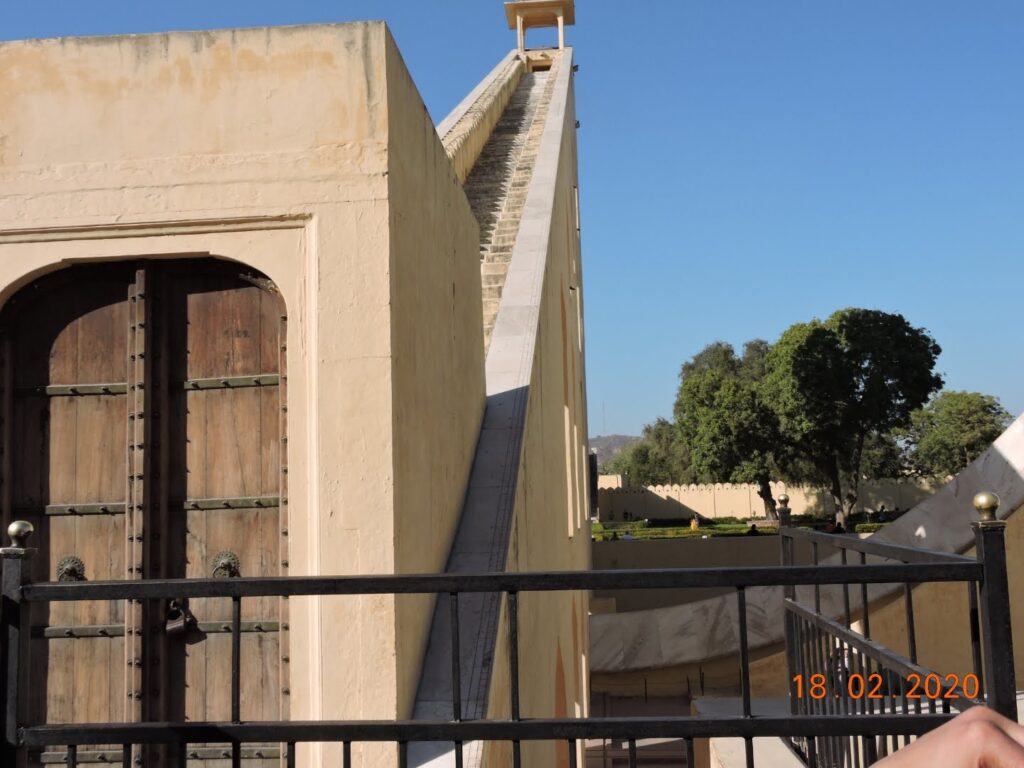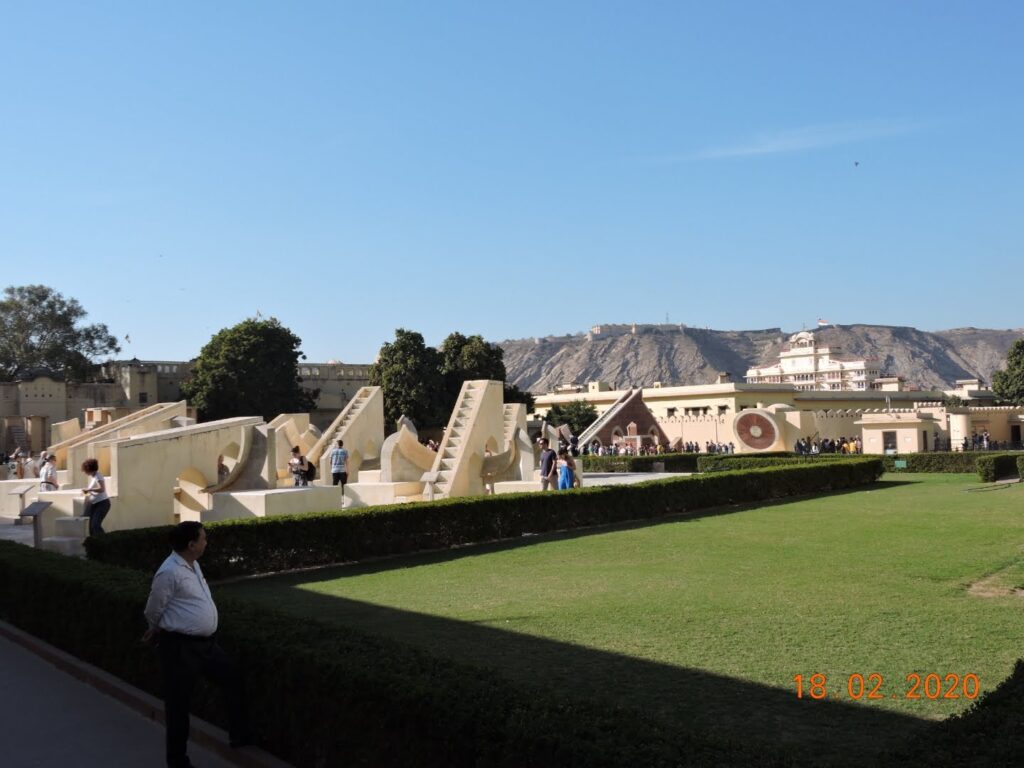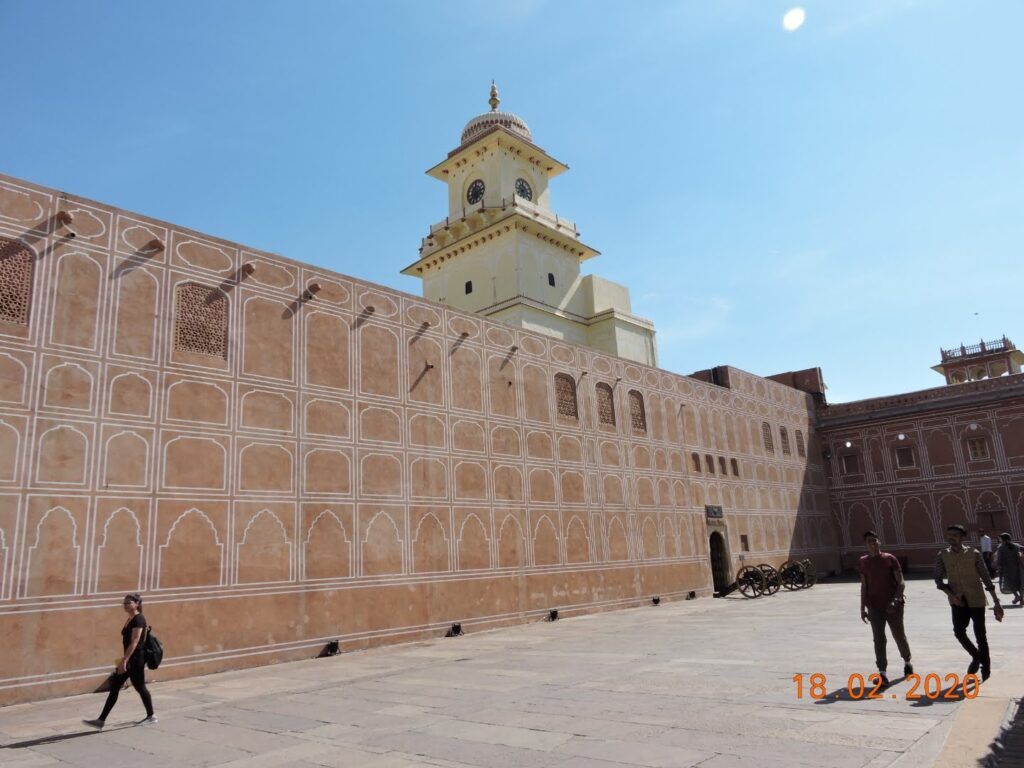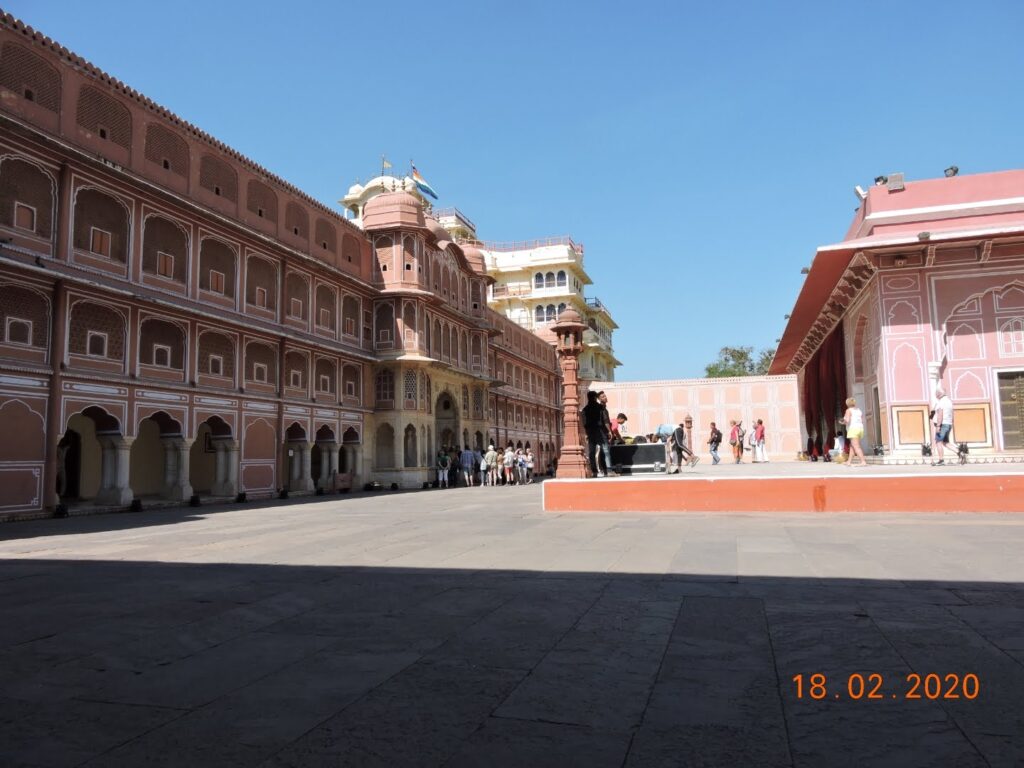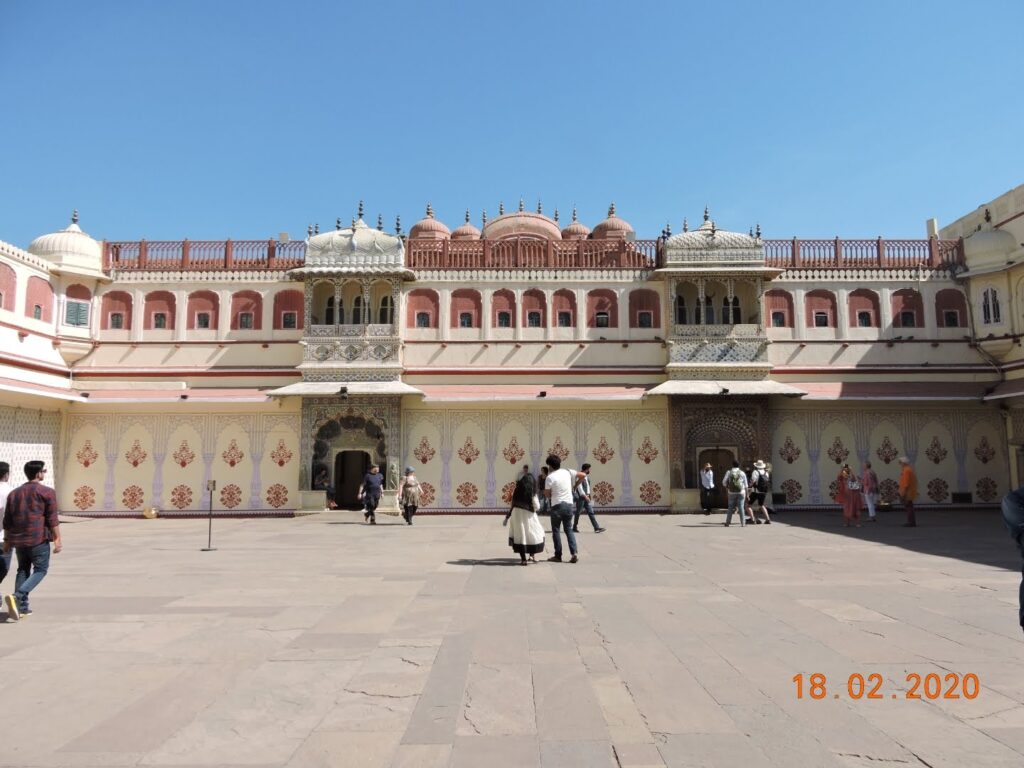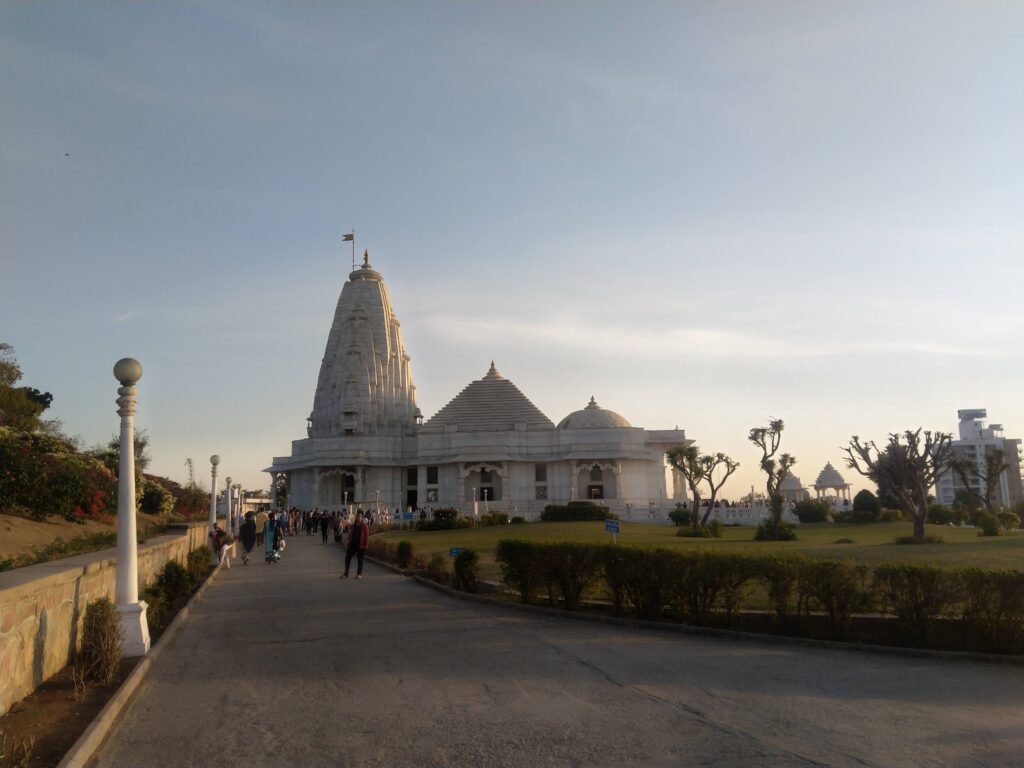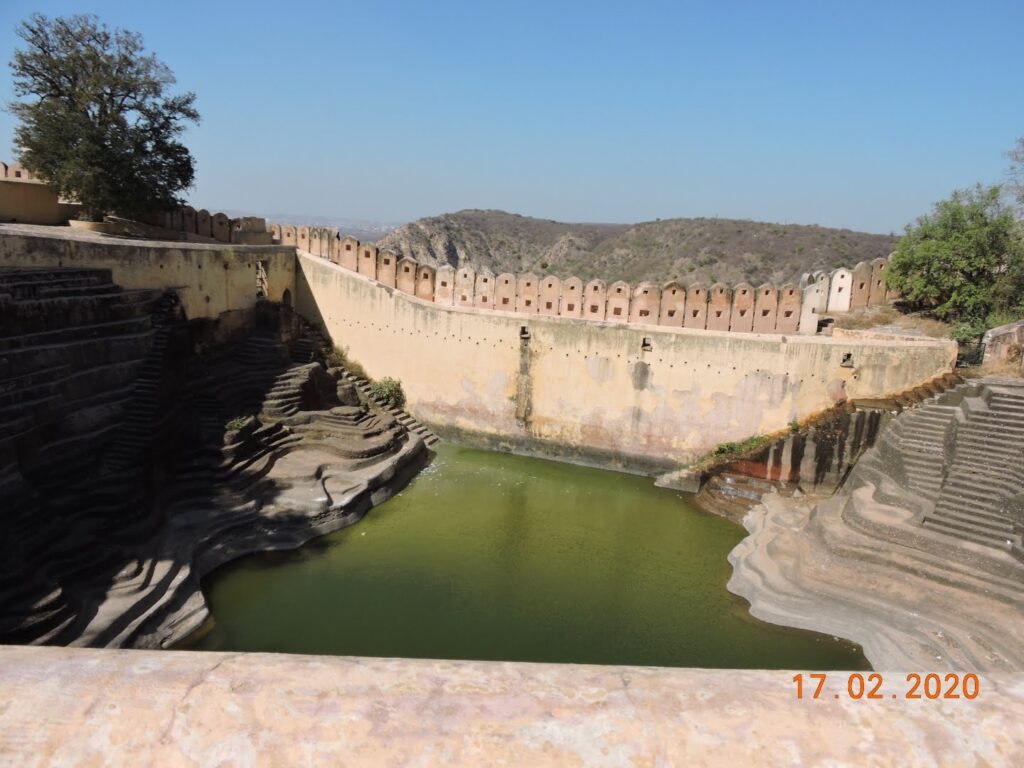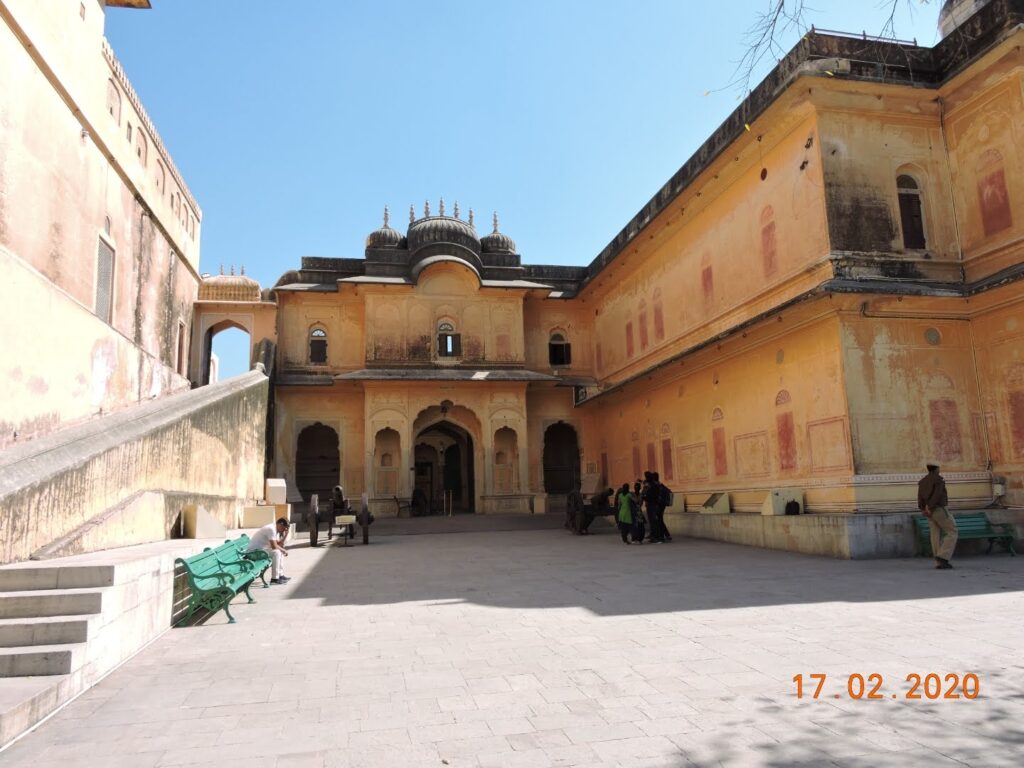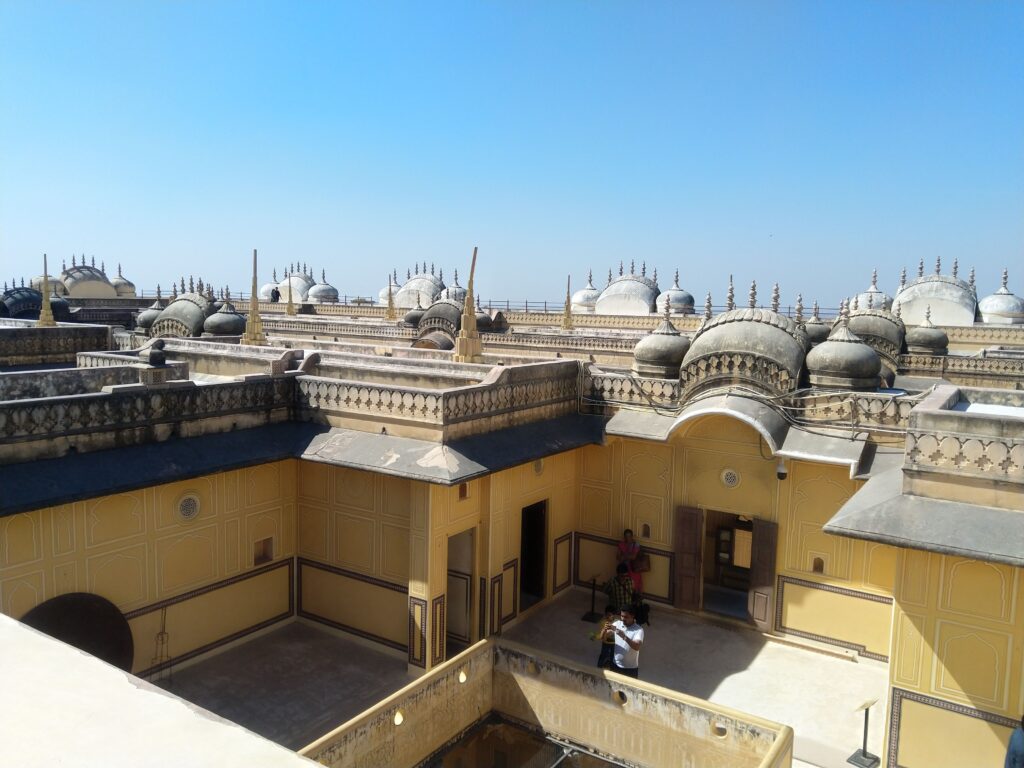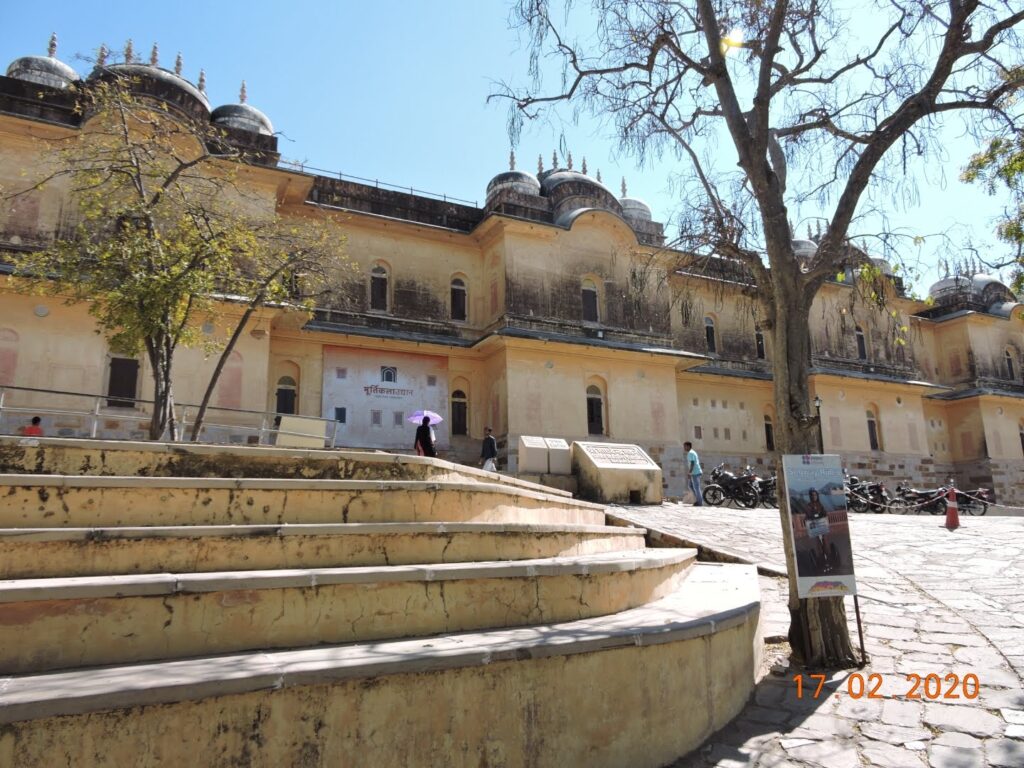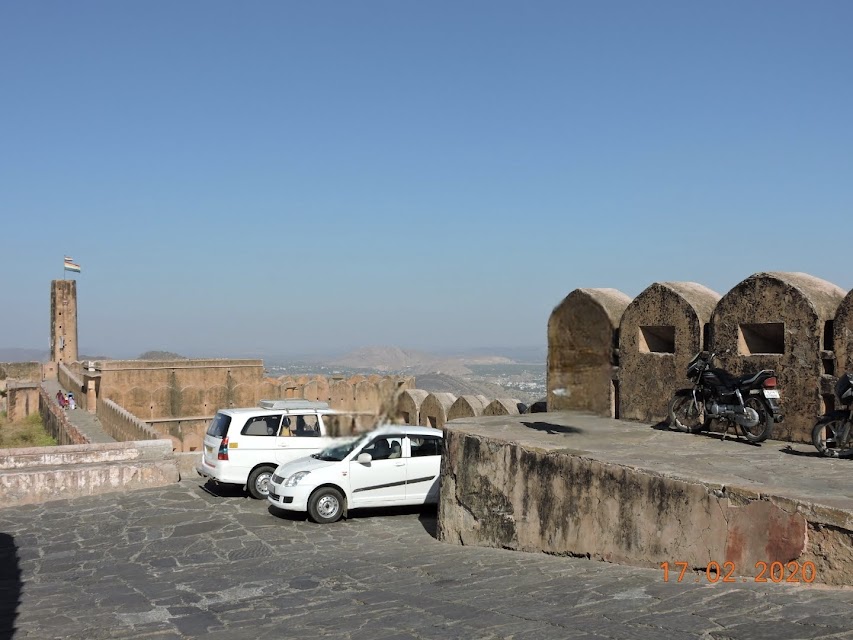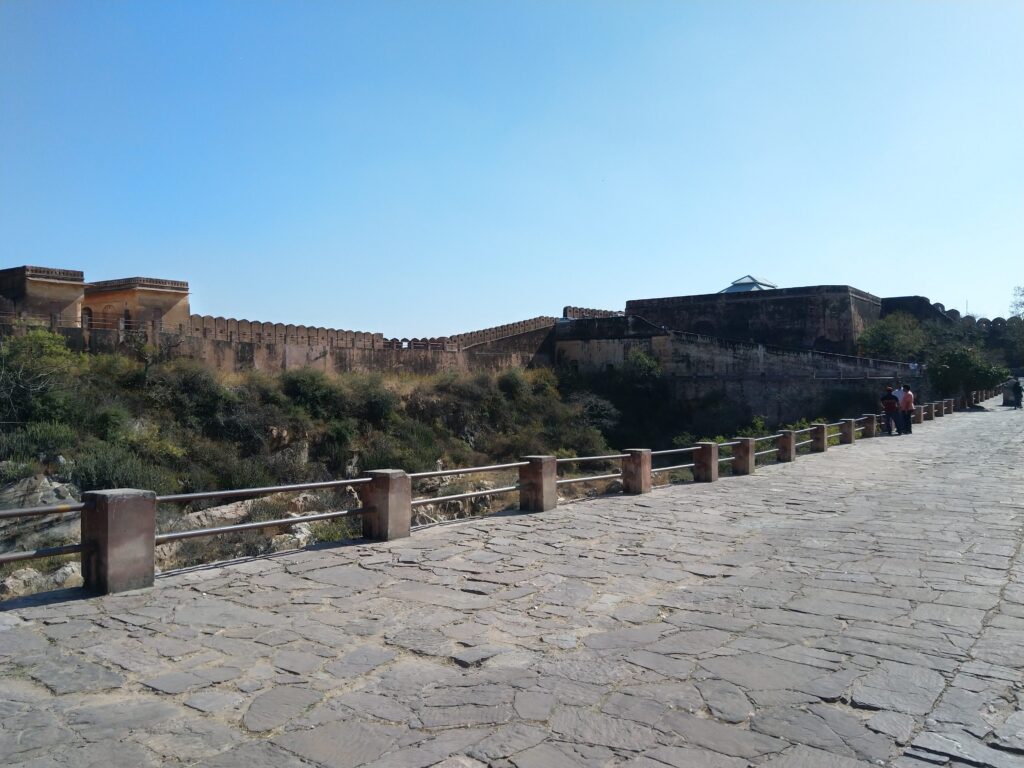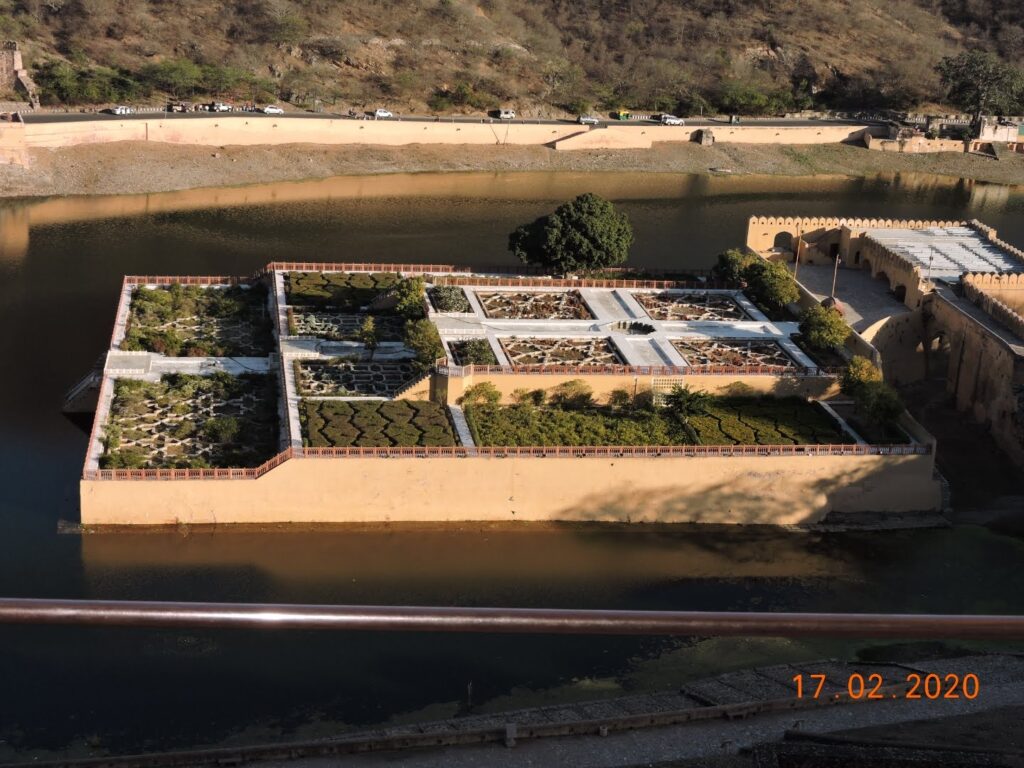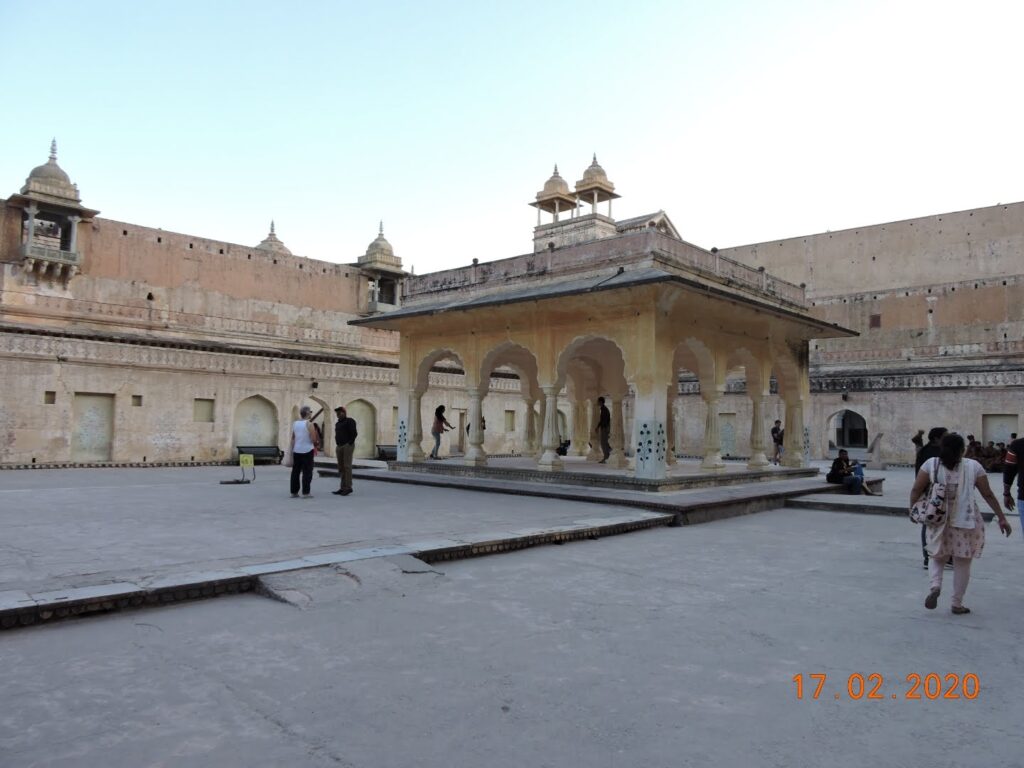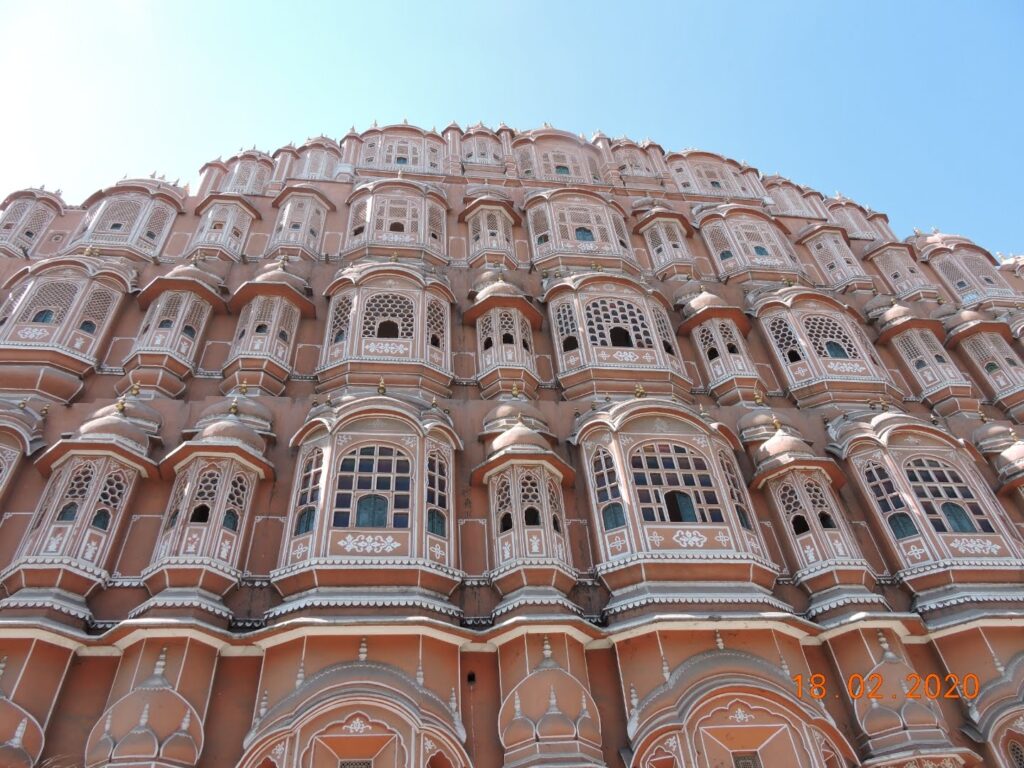
# Best Places to visit in Jaipur with Muscular Dystrophy: Anushikha Singhal’s Journey
Traveling is not always about luxury or relaxation—it’s about experiences, memories, and stories that enrich our souls. For Anushikha Singhal, living with muscular dystrophy for the past decade, her trip to Jaipur wasn’t just a holiday; it was a statement of resilience and the power of family support. Join me as I walk you through Anushikha’s remarkable journey, where every step was carefully planned and every slope carefully navigated.
## Introduction to Anushikha’s Journey
### Living with Muscular Dystrophy for a Decade
Anushikha’s story is a testament to living life to the fullest despite the challenges. For 10 years, muscular dystrophy has been her constant companion, gradually taking away her ability to climb stairs and slowing her steps. But it hasn’t taken away her spirit. When she decided to explore Jaipur, she wasn’t just traveling—she was breaking barriers.
### Why Jaipur? A Destination Chosen for Accessibility
Jaipur, the vibrant Pink City, is known for its rich history, grand architecture, and warm hospitality. But for Anushikha, it was also the city’s partial accessibility that caught her eye. Many places in Jaipur are thoughtfully designed with slopes alongside stairs, making them somewhat friendly to people with limited mobility. Jaipur’s charm, combined with its efforts towards inclusivity, made it the perfect choice for Anushikha’s travel adventure.
## The Start of the Journey: From Train to Hotel
### Boarding the Train with Lower Berth Accommodation
Anushikha’s journey began with a train ride—an experience that’s part of India’s travel culture. To make the journey more comfortable, she opted for a lower berth seat. Lower berths are a great choice for anyone with mobility challenges, providing easier access and avoiding the struggle of climbing up and down. Her family was there to help her navigate the narrow train aisles, ensuring she boarded safely and comfortably.
As the train chugged along, she could gaze out the window and enjoy the changing landscapes—fields, rivers, and bustling towns—each telling its own story. It’s these simple joys that make train journeys in India so memorable.
### The Arrival at Jaipur Railway Station
Reaching Jaipur station was like stepping into a city bursting with color and history. But navigating the railway station can be a challenge for those who can’t walk fast or climb stairs easily. Here, Anushikha’s family once again became her pillars of support—literally and figuratively. They carefully helped her out of the train and into the station, ensuring she didn’t have to face the chaos of the platform alone.
The station itself is a microcosm of India: busy, colorful, and full of life. But even amidst the crowds, there’s always a sense of order—a system that works in its own way. Anushikha felt that pulse of Jaipur even before she set foot on the streets.
### Checking into Hotel Ginger: A Welcoming Start
After reaching the station, Anushikha and her family made their way to Hotel Ginger. Booking a hotel with accessibility features was crucial. Hotel Ginger was chosen because it had a welcoming slope at the entrance, making it easy for Anushikha to enter without needing to navigate stairs.
Inside, the atmosphere was warm and modern, offering a much-needed rest after the journey. A good hotel is more than just a place to sleep—it’s a place that makes you feel at home, even when you’re far away from it. Anushikha could finally relax, knowing she’d found a comfortable base for her Jaipur adventure.
## Exploring Jaipur by Auto Rickshaw
### Why Auto Rickshaws?
In a city where the roads buzz with life and the air hums with history, there’s no better way to move around than in an auto rickshaw. These three-wheeled wonders are the heart and soul of Jaipur’s streets—nimble, efficient, and surprisingly accommodating for people with mobility challenges.
For Anushikha, auto rickshaws offered the perfect balance of convenience and accessibility. With their low floors, she could enter them with relative ease compared to larger vehicles. Plus, they allowed her to soak in the city’s sights, sounds, and scents—an experience that taxis or tour buses just can’t replicate.
### Flexibility and Accessibility for Slow Walkers
One of the biggest perks of traveling by auto rickshaw is flexibility. They’re not bound by strict schedules, and they can weave through the narrow lanes and bustling bazaars that define Jaipur’s old city. For Anushikha, this meant she could take her time, hopping on and off as needed without feeling rushed.
Her family played a key role here too—helping her get in and out of the rickshaw, ensuring she was comfortable and secure. With their help, Anushikha could focus on the joy of discovery rather than the worries of accessibility.
## Day One in Jaipur: Exploring the Pink City
### Hawa Mahal: The Breathtaking Facade and Its Challenges
Hawa Mahal, the iconic “Palace of Winds,” is a must-see in Jaipur. Its honeycomb facade, built to let the royal ladies observe the city’s life without being seen, is a marvel of Rajput architecture. But for Anushikha, the experience was more than just a photo opportunity—it was a challenge and a triumph.
The entry to Hawa Mahal has stairs, which meant that her family had to help lift her carefully to navigate them. Despite the effort, the reward was worth it. Standing there, surrounded by centuries-old history, she felt connected to the royal women who once peeked out from those same windows.
Even though she couldn’t explore the entire interior, just being there, feeling the cool Jaipur breeze through the windows, was a moment of pure magic.
### Jantar Mantar: A Blend of Science and Accessibility
Jantar Mantar is where science meets art—a collection of massive astronomical instruments built by Maharaja Jai Singh II. For Anushikha, this was a place of wonder. The site is designed with gentle slopes, making it easier for her to move around and explore at her own pace.
As she walked slowly, taking in the fascinating instruments—giant sundials, intricate astrolabes—she couldn’t help but marvel at the genius of ancient Indian astronomy. The gentle gradients of the site made sure she could appreciate these wonders without worrying too much about her pace.
### City Palace: A Royal Experience with Slopes and Stairs
City Palace is a sprawling complex that’s part museum, part royal residence. Its blend of Rajasthani and Mughal architecture is breathtaking. But it’s also huge—an endless maze of courtyards, halls, and galleries.
Anushikha found that while there were some stairs, there were also ramps and gentle slopes at many points, letting her explore large parts of the palace. Her family once again stepped in when stairs got tricky, helping her navigate the more challenging spots. She took breaks along the way, letting the beauty of the palace sink in while giving her legs a much-needed rest.
The palace’s exhibits told stories of Jaipur’s rich history—royal robes, ancient weapons, and miniature paintings. For Anushikha, it was like stepping back in time, a chance to walk through the corridors of power and imagine what life was like in centuries past.
### Albert Hall Museum: A Slice of History and Small Stairs
Albert Hall Museum, with its Indo-Saracenic architecture and stunning collection, was the next stop. Here, small stairs at various entry points posed a bit of a challenge, but with patience and her family’s help, Anushikha could rise to the occasion—literally!
The museum’s exhibits—from Egyptian mummies to Rajasthani sculptures—were fascinating. Each artifact told a story, and Anushikha, moving slowly but steadily, soaked it all in.
### Birla Temple: Slope and Stairs to the Divine
Birla Temple was the final stop on Day One. Unlike the grand palaces and forts, this serene white-marble temple had direct road access, making it easier to reach. At the entrance, a slope alongside the stairs allowed Anushikha to enter smoothly and find a quiet spot to soak in the temple’s calm vibes.
The gentle chime of bells, the soft glow of the evening aarti—it was a moment of peace and reflection after a day of exploration.
## Day Two in Jaipur: Forts and Palaces Adventure
### Nahargarh Fort: Slopes Galore and Stunning Views
On the second day, Anushikha’s adventure took her to the majestic Nahargarh Fort. Perched high on the Aravalli hills, Nahargarh Fort offered breathtaking panoramic views of the Pink City below. The journey up was an experience in itself. With the help of a trusty auto rickshaw, Anushikha and her family navigated the winding roads leading to the fort.
One of the highlights of Nahargarh Fort is its surprisingly accessible pathways. Unlike many forts built on hills, this one has gentle slopes in various areas, making it easier for Anushikha to move around and explore. Walking slowly, supported by her family when needed, she could take in the fort’s rich history and architectural beauty at her own pace.
Inside, the fort’s walls seemed to whisper tales of royalty and battles long gone. Anushikha paused at the viewing points, mesmerized by the endless sea of pink buildings below. The gentle breeze carried with it the scent of the hills and a sense of timelessness. She found herself lost in the beauty of it all, even if she couldn’t climb every tower or walk every step alone.
Her family’s support was crucial here too. Whenever the path became too steep, they offered a helping hand or a brief rest, making sure she could enjoy the grandeur of Nahargarh without feeling overwhelmed. The slopes and ramps at Nahargarh Fort were a small but significant blessing, letting her soak up the magic of this historical gem without compromising on comfort.
### Jaigarh Fort: The Largest Cannon on Wheels
Next on the itinerary was Jaigarh Fort, famous for housing the largest cannon on wheels in the world, Jaivana. Anushikha’s auto rickshaw had no trouble navigating the uphill roads leading to this fortress of might and history.
Once inside, she found that Jaigarh Fort had plenty of gentle slopes, allowing her to move around and take in the formidable architecture. The highlight, of course, was the massive Jaivana Cannon. Standing next to this giant relic of history, Anushikha felt a deep connection to the stories of valor and warfare that echoed within the fort’s walls.
While there were some stairs in certain parts of the fort, the wide, accessible pathways allowed her to bypass them whenever possible. Her family’s constant support made sure she never felt left out or held back. They helped her find the best vantage points to appreciate the fort’s sweeping views of the surrounding hills and valleys.
Jaigarh’s rugged, earthy charm and the towering presence of Jaivana made it a memorable stop on the trip. For Anushikha, it was another step in a journey that proved you don’t have to climb every stair to reach the heights of adventure.
### Amber Palace: The Jewel of Jaipur with Thoughtful Design
Amber Palace—often called the crown jewel of Jaipur—was the next destination on Anushikha’s list. But getting there wasn’t easy; the palace is perched on a steep hill, and its grandeur can be daunting for anyone, especially someone with limited mobility.
To reach the top, Anushikha and her family hired a jeep. This was a game-changer. The bumpy but exciting ride up the hill allowed her to bypass the long climb and arrive at the main gate of the palace with energy to spare.
Once inside, Amber Palace turned out to be more accessible than she had imagined. The palace complex has a series of gentle slopes and ramps, making it possible to move around most parts of the palace. For Anushikha, it meant she could wander through the courtyards, soak up the intricate mirror work of the Sheesh Mahal, and feel the grandeur of Rajput royalty without feeling left out.
Of course, there were places with stairs that required her family’s help, but with a bit of teamwork, she was able to navigate these challenges with grace. Standing in the halls where kings and queens once held court, Anushikha felt both humbled and empowered. The palace’s beauty was a reminder that history doesn’t belong to those who walk quickly or climb easily—it belongs to those who have the courage to keep moving, no matter how slow.
### A Glimpse of Jal Mahal: The Palace on Water
As the day drew to a close and the sun dipped low on the horizon, Anushikha and her family made one final stop: Jal Mahal. Unlike the forts and palaces she’d explored earlier, Jal Mahal is a palace that seems to float on the serene waters of Man Sagar Lake.
Jal Mahal doesn’t allow visitors inside, but it can be admired from the roadside. For Anushikha, this was a chance to enjoy the view without worrying about stairs or ramps. Sitting comfortably in the auto rickshaw, she watched as the golden light of sunset bathed the palace in a warm, ethereal glow.
Even from a distance, the beauty of Jal Mahal was enough to leave her spellbound. Its reflection in the water created a dreamy scene, a fitting end to a day of exploration and wonder. It was a reminder that some of the most beautiful experiences in life don’t require climbing or walking—they just require a willingness to see.
## Tips and Tricks for Visiting Jaipur with Limited Mobility
### Choosing the Right Accommodation
When planning a trip like Anushikha’s, choosing the right place to stay can make all the difference. Hotel Ginger was a smart choice because it had a slope at the entrance, allowing her to enter without trouble. If you’re traveling with limited mobility, always call ahead to ask about ramps, elevators, and accessible bathrooms. A comfortable hotel can turn an exhausting trip into a joyful one, giving you the energy to explore the city at your own pace.
### How to Navigate with Family Support
For Anushikha, family was everything. They were her support system, helping her navigate stairs, lift her legs when needed, and keep her safe and comfortable. If you’re traveling with mobility challenges, lean on your loved ones—they’ll make all the difference.
Don’t be afraid to ask for help when you need it. It’s not about independence—it’s about making the most of the experience, and sometimes that means sharing the load.
### Importance of Planning and Taking Breaks
Traveling with limited mobility requires a bit more planning, but it’s worth it. Anushikha planned her trip carefully—choosing an accessible hotel, booking autos instead of bigger taxis, and taking breaks whenever she felt tired.
Pacing yourself is key. Don’t try to do it all in one go. Take time to rest, hydrate, and simply soak in the atmosphere. Jaipur’s charm isn’t in rushing—it’s in the gentle flow of history and culture all around you.
## Conclusion
Anushikha Singhal’s journey through Jaipur is a testament to the power of determination, family, and thoughtful planning. Even with the challenges of muscular dystrophy, she was able to experience the grandeur and beauty of this ancient city. Her story reminds us that travel isn’t about how many steps you can climb—it’s about the memories you make along the way, the laughter you share, and the wonders you discover.
So, if you’re dreaming of places to visit in Jaipur but worried about mobility challenges, take inspiration from Anushikha’s story. With the right support and a little creativity, the Pink City is waiting to welcome you.
## FAQs
1. Is Jaipur wheelchair-friendly?
While not all tourist attractions are fully wheelchair accessible, many key sites in Jaipur—like Jantar Mantar and City Palace—have slopes and ramps. Having family or friends to help you navigate can make the trip easier and more enjoyable.
2. Can you visit Amber Palace if you have difficulty walking?
Yes! You can hire a jeep to take you to the main gate. Inside, there are ramps and slopes that allow for partial access, and with a little help, you can enjoy the grandeur of Amber Palace.
3. Are there slopes in most tourist attractions?
Many attractions in Jaipur have thoughtfully designed slopes to help people with limited mobility. However, you’ll still find stairs at certain points, so it’s best to have some support.
4. Is the train journey comfortable for wheelchair users?
Indian trains are not fully wheelchair accessible, but booking a lower berth seat and traveling with family can make the journey smoother and more comfortable.
5. Can auto rickshaws accommodate wheelchair users?
Auto rickshaws can’t accommodate a wheelchair directly, but their low floors and flexibility make them easier to board than other vehicles, especially with the help of family or friends.
#places to visit in Jaipur

